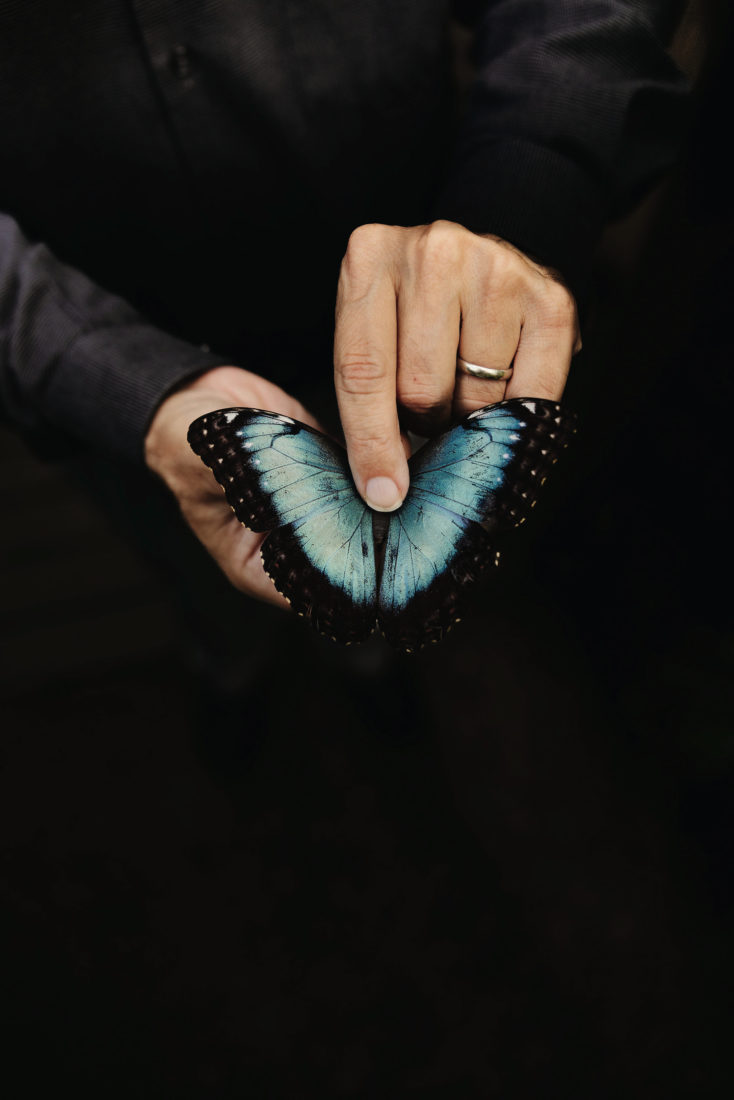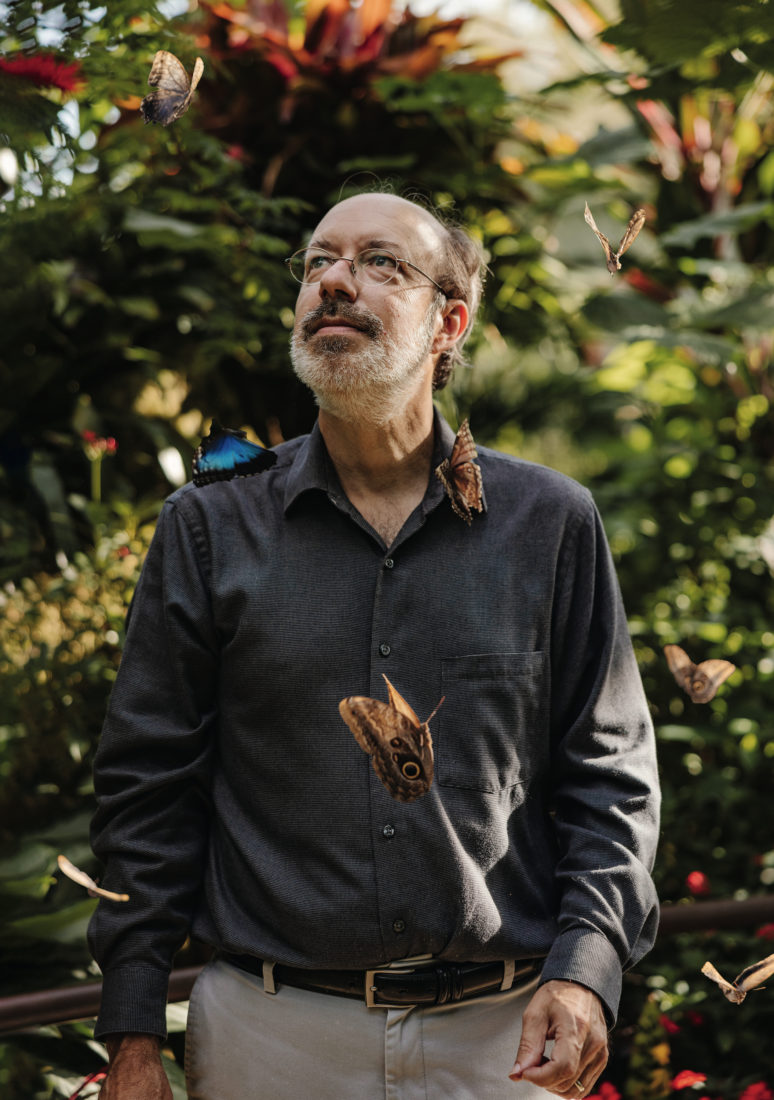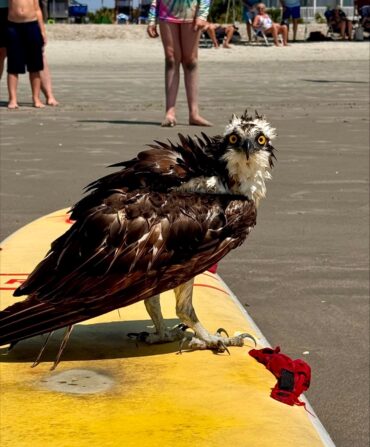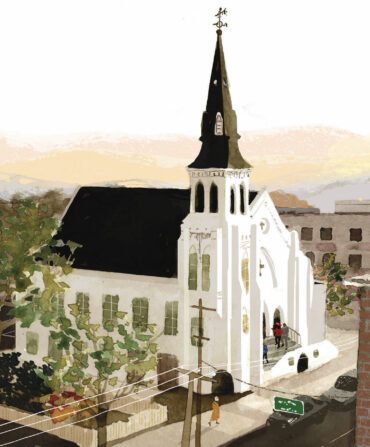Jaret Daniels discovered his passion early; the Wisconsin native reared his first butterfly—a black swallowtail—when he was just eight years old. Several decades, countless pupae, and a PhD in entomology from the University of Florida later, Daniels is at the forefront of the charge to save Southeastern pollinators. In his career, he’s worked with more than fifty imperiled insect species—from wide-ranging butterflies to hyperspecialized bees—and at any given time, he and his team of eight entomologists at Gainesville’s Florida Museum of Natural History, where he works as a curator at the McGuire Center for Lepidoptera and Biodiversity, might have more than a thousand butterflies in various life stages hanging, creeping, or fluttering around the lab.

His efforts to revive the Schaus’ swallowtail population, which ten years ago had cratered to just four known individuals in the wild, count among his greatest successes. Daniels began by painstakingly transplanting a hundred precious eggs laid by a few females in Biscayne National Park to the lab. “It was nerve-racking dealing with such an incredibly rare species,” he remembers. “We didn’t have a lot of wiggle room to be successful.” He managed to pull seventy-five through to adulthood—the start of a still-ongoing captive breeding and reintroduction program that’s responsible for some 1,500 Schaus’ swallowtails flitting through the hardwood hammocks of the Keys, their sole habitat.

That isn’t the only time Daniels has stood between a species and extinction. Scientists thought that the beloved Miami blue—a petite, icy-hued butterfly historically found in the Keys and on the Florida mainland—had vanished forever. But after their rediscovery in 1999, Daniels started captive breeding them and has midwifed 30,000 of the species since; they now proliferate unassisted in Bahia Honda State Park. Also, this fall, to give endangered migratory monarchs a wing up, he’s partnering with the Florida Department of Transportation to use roadside retention basins to plant milkweed and other flowering plants to sustain the butterfly and support breeding on its long journey between Canada and Mexico. And for the frosted elfin, which ranges from the Midwest down to the Panhandle, he is analyzing the population’s genetics for clues to their conservation.
Pollinators serve as essential environmental linchpins, propping up the planet’s food systems. And butterflies, “something people want to invite into their landscapes,” Daniels says, “are the gateway bug to helping people understand that.”








